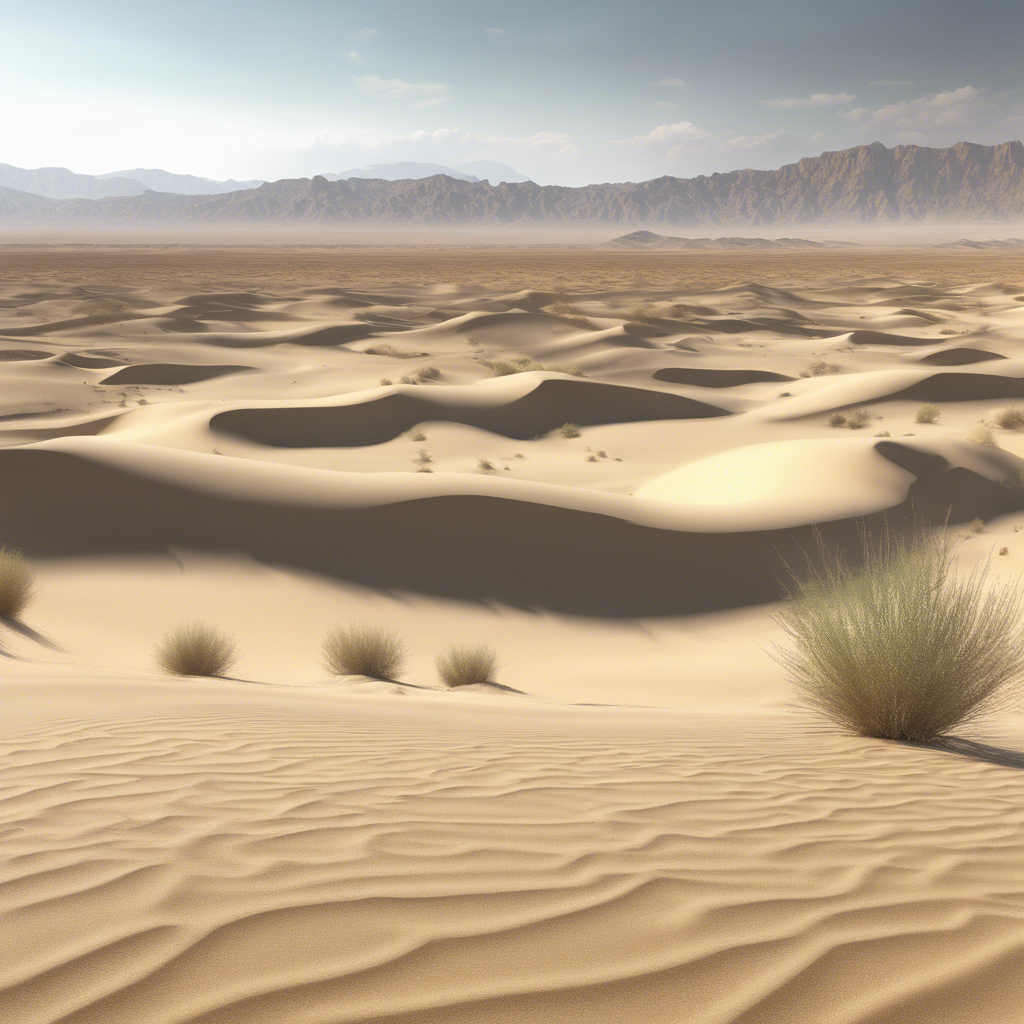How are deserts formed?
The Formation of Arid Landscapes
Deserts are fascinating regions that cover nearly a third of the Earth’s land surface. These arid landscapes are characterized by low rainfall, limited vegetation, and unique geological features. But how do deserts form? The answer lies in a combination of geological, atmospheric, and historical factors that shape these regions over millions of years.
Geological Factors
Deserts can form when a region experiences a significant change in its geology. This can occur due to tectonic plate movements, volcanic eruptions, or changes in sea level. For example, the formation of mountain ranges can block moisture-laden air from reaching certain areas, creating a rain shadow effect that leads to arid conditions.
Atmospheric Factors
Atmospheric conditions also play a crucial role in the formation of deserts. The following factors can contribute to the creation of arid landscapes:
- Global wind patterns: Trade winds and westerlies can create weather patterns that prevent moisture from reaching certain regions.
- High-pressure systems: Areas of high atmospheric pressure can lead to sinking air, which suppresses cloud formation and precipitation.
- Cold ocean currents: The presence of cold ocean currents can also contribute to arid conditions by evaporating moisture from the air.
- Distance from the ocean: Regions that are far from the ocean are more likely to experience arid conditions due to the lack of moisture-laden air.
Historical Factors
Changes in Earth’s history can also contribute to the formation of deserts. Some of these factors include:
- Climate change: Shifts in the Earth’s climate can lead to changes in precipitation patterns, resulting in the formation of deserts.
- Continental drift: The movement of continents can alter global wind patterns and ocean currents, leading to the creation of arid regions.
- Volcanic eruptions: Large-scale volcanic eruptions can release massive amounts of ash and sulfur dioxide into the atmosphere, reflecting sunlight and cooling the planet, which can lead to arid conditions.
The Resulting Landscape
The combination of geological, atmospheric, and historical factors can result in the formation of unique desert landscapes. These regions are characterized by limited vegetation, unique rock formations, and a range of specialized wildlife that has adapted to the harsh conditions. Despite the challenges posed by these environments, deserts are also home to a range of natural resources, including minerals, oil, and natural gas.














Post Comment